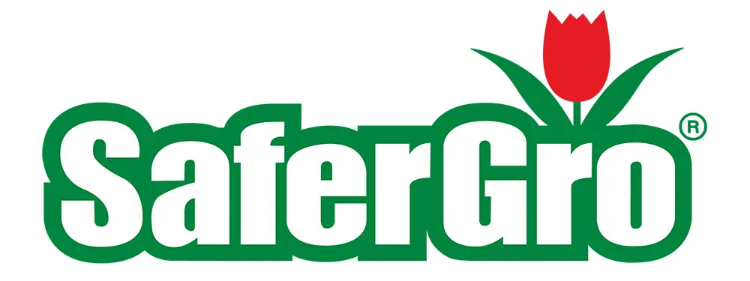Harvesting Lettuce
Harvest time is here! After 30 days or so of caring for and feeding your soil, your lettuce is ready to harvest. Now you get to enjoy fresh salads, crunchy sandwiches, or charred grilled lettuce topped with fresh lemon juice and parmesan. This is our guide to harvesting and enjoying your thriving lettuce garden.
Harvest Time

Most lettuce varieties can be harvested between 30 to 70 days after planting. Harvesting is based on the lettuce variety and what it is being used for. Timing is entirely based on your individual preference. Harvesting lettuce can be done in a number of approaches.
- Outside Approach: In this approach you pick leaves from the outer layers of the plant. This leaves the central bud to grow more leaves. Chef note: picking the baby leaves will give you a delicious tender salads.
- Full Cut: Cutting the entire plant at the base is another approach you can take. Cutting the entire bundle off at ground level gives you a full head that you would normally buy in the store. Lettuce is ready to eat at any size, so this method can be done at any size.
Romaine, butterhead, and head lettuce are the easiest to harvest in the full cut method. Another aspect worth noting is that if you harvest every other lettuce plant you give the remaining plants room to continue growing larger.
Bolting

As the weather warms, plants will go to seed. In this weather, lettuce loves to bolt. For those who don’t know, bolting is when a plant sends up a flower stalk and goes to seed. In vegetables grown for their leaves, such as lettuce, spinach, and cabbage, bolting causes the flavor to turn bitter and the leaves to get smaller and tougher, making them inedible. If you suspect this is happening to your lettuce, it is important to harvest all your lettuce immediately. Quickly store your lettuce in your refrigerator, some of the bitterness may disappear if its stored soon enough.
Wrapping Up the Series

This brings us to the end of our lettuce growing series. We hope you’ve enjoyed the series as much as we have enjoyed putting it together for you. Lettuce is a great vegetable to have on hand in your garden as it can be the base for so many meals and sides and they adapt so well to any home garden. We hope this guide has helped answer questions and made the task of growing your own lettuce seem less daunting. For detailed recommendations, consult with your local JH Biotech representative or feel free to reach out to us here and on our social media pages.
